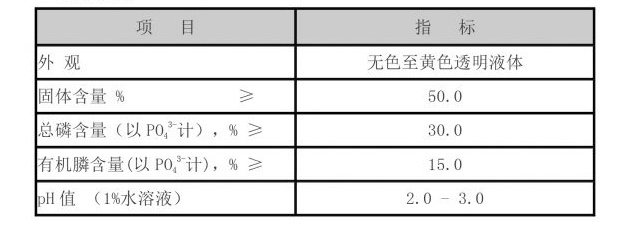Exploring the Various Names and Applications of Isothiazolinones in Industry
Understanding Isothiazolinones Names, Applications, and Safety
Isothiazolinones are a group of heterocyclic compounds that have garnered significant attention in various industries, particularly in the fields of biocides and preservatives. They are primarily known for their antimicrobial properties, making them useful in preventing the growth of bacteria, fungi, and algae in a range of products. While they may be referred to by different names, understanding their various designations and applications is essential for both consumers and professionals in relevant fields.
What are Isothiazolinones?
Isothiazolinones are characterized by a five-membered ring containing a nitrogen and sulfur atom. They are typically used in low concentrations to enhance the shelf life of products. Commonly found in personal care products, household items, and industrial formulations, these chemicals play a crucial role in safeguarding products from microbial contamination.
Other Names for Isothiazolinones
While isothiazolinones is the umbrella term used to describe these compounds, several specific examples and their alternate names are widely recognized within both scientific and industrial contexts.
1. Methylisothiazolinone (MIT) Often abbreviated as MIT, this compound is frequently used in cosmetic products, household cleaners, and paints. It is known for its powerful antimicrobial properties and is often used in combination with other preservatives.
2. Chloromethylisothiazolinone (CMIT) This compound, usually found alongside MIT as a mixture, is well-known for its efficacy in preventing fungal and bacterial growth. CMIT is commonly used in industrial applications, including paints, coatings, and adhesives.
3. Benzisothiazolinone (BIT) A less commonly encountered isothiazolinone, BIT serves as an effective biocide in various applications, notably in industrial water treatment and plastics. It is particularly valued for its effectiveness against algae.
4. Octylisothiazolinone This compound is less prevalent than MIT and CMIT but has niche applications, particularly in coatings and adhesives, due to its antifungal properties.
isothiazolinone other names

Applications of Isothiazolinones
Isothiazolinones are used extensively across various industries
- Personal Care Products They are commonly added to shampoos, lotions, and other cosmetics to prevent microbial growth and prolong shelf life.
- Household Cleaning Agents Many cleaning products incorporate isothiazolinones to ensure they remain free from harmful bacteria and molds.
- Industrial Applications In the industrial sector, these compounds are employed in cooling waters, paints, and adhesives, where microbial growth can compromise performance.
- Food Industry Some formulations for food packaging and processing may also include isothiazolinones, ensuring food safety through reduced microbial contamination.
Safety and Regulatory Concerns
Despite their effectiveness, isothiazolinones have raised safety concerns, primarily due to their potential to cause skin sensitization and allergic reactions. The cosmetic industry has been particularly scrutinized, which has led to regulatory bodies like the European Union implementing strict limits on the concentration of these compounds in cosmetic formulations.
Consumers are urged to check product labels for the presence of isothiazolinones, especially if they are prone to allergies or skin sensitivities. Additionally, manufacturers are encouraged to explore safer alternatives and consider the long-term implications of using these preservatives in their products.
Conclusion
Isothiazolinones play an integral role in various industries, providing essential antimicrobial properties that protect products from degradation. Understanding their different names and applications is vital for consumers and professionals alike. As growing awareness of safety concerns regarding isothiazolinones continues, the industry must adapt and innovate to ensure the safety of products while maintaining their efficacy. By prioritizing consumer health and environmental sustainability, the future of isothiazolinone use may very well see a shift toward safer practices and alternatives.
-
Water Treatment with Flocculant Water TreatmentNewsJun.12,2025
-
Polymaleic AnhydrideNewsJun.12,2025
-
Polyaspartic AcidNewsJun.12,2025
-
Enhance Industrial Processes with IsothiazolinonesNewsJun.12,2025
-
Enhance Industrial Processes with PBTCA SolutionsNewsJun.12,2025
-
Dodecyldimethylbenzylammonium Chloride SolutionsNewsJun.12,2025





